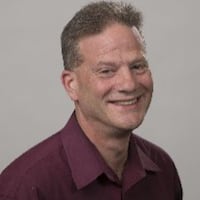Here are five things to know that make Hamvention special and unique:
RELATED: Thousands expected for 2018 Hamvention in Greene County
• What it is? The three-day event is a convention of amateur radio operators that is generally considered the largest event of its kind on the planet. It draws people from the United States, Canada, Mexico and various parts of the world, including attendees from Australia, Japan and Russia.
• History. What has grown into the world's largest hamfest began on March 22, 1952 at the Biltmore Hotel in Dayton. Sponsored by the Dayton Amateur Radio Association, it called Hara Arena home from the mid-1960s until it moved to the Greene County Fairgrounds last year.
RELATED: Images of Hamvention through the years
• Growth and economic impact. What started as an event that drew more than 500 and had about a dozen exhibitors and forums has grown exponentially. Today, it has about 2,000 exhibit spaces, and the event that is expected this year to draw about 30,000.
Shuttle buses and handicapped parking were added in the late 1960s. In early 1970s, it became a two-day event before expanding to its current format. It has an estimated $19 million impact to the local economy.
RELATED: Hamvention finds new home
Credit: DaytonDailyNews
• The importance of amateur radio operators. Ham radio operators have played a vital role during emergencies, severe weather and natural disasters, when traditional communications are not available. They have responded in recent hurricanes in Florida, Texas and Puerto Rico and wildfires in the west, organizers said.
RELATED: Amateur radio classes to be taught at Hamvention
• FCC licensing for ham operators. Amateur radio operators are regulated by the Federal Communications Commission. Only those individuals with an FCC license are allowed to transmit in the amateur radio bands.
The Radio Act of 1912 required amateur radio operators to be licensed and restricted them to use only a single short wavelength. Today, there are more than 700,000 amateur licenses in the U.S. and roughly 2 million worldwide.
About the Author
